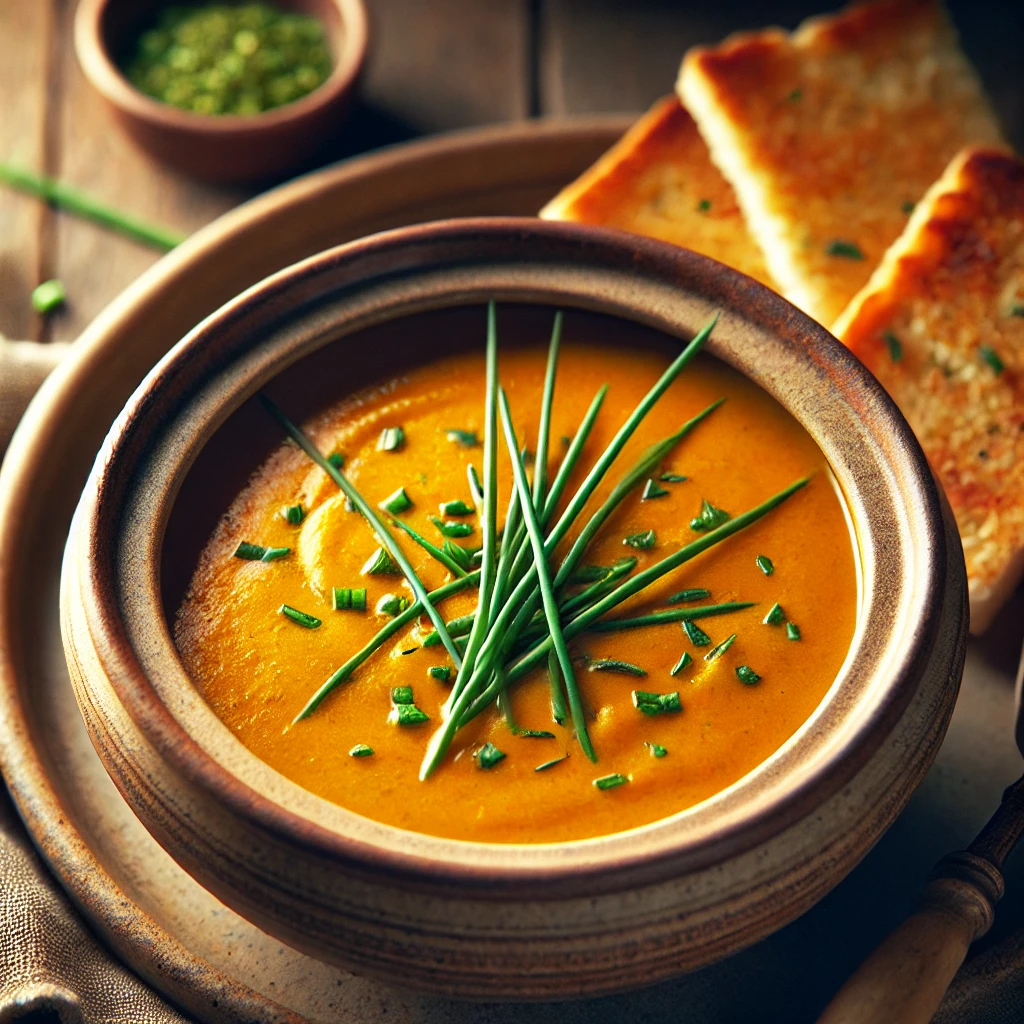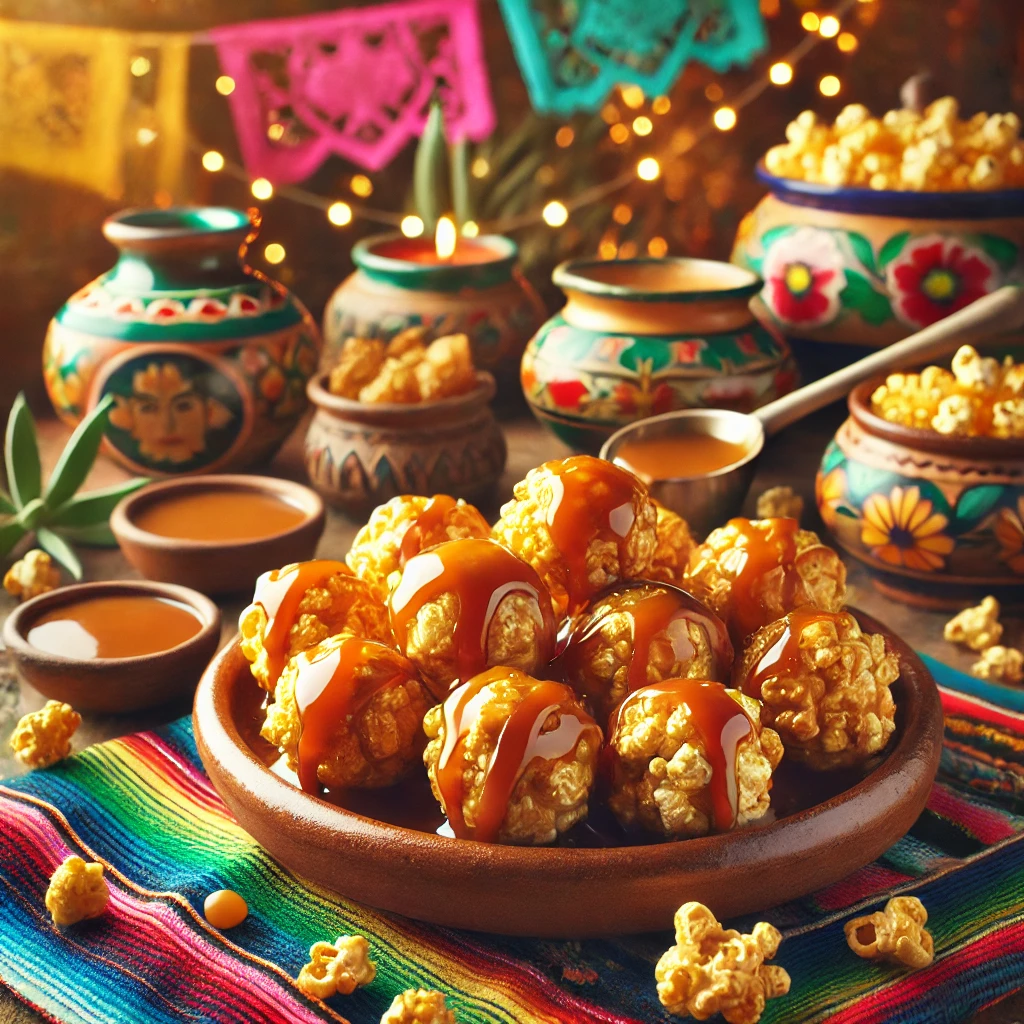Pear Compote
Pear Compote
Ingrediënten
- 35 oz 1 kg Pears
- Juice of 2 lemons
- 1¼ cup 300 ml Water
- ¾ cup 200 ml White wine, preferably Traminer
- 1 cup plus 2 tbsp 250 g Granulated sugar
- Pulp of 1 vanilla bean
- 1 Cinnamon stick
- 3 Cloves
- Zest of 1 lemon and 1 orange
- 3 tbsp 4 cl Pear brandy
Instructies
- Peel, core, and quarter the pears.
- Boil the sugar with the white wine until lightly caramelized.
- Pour in the water.
- Add the pear pieces, vanilla pulp, cinnamon, cloves, lemon juice, and orange and lemon zest.
- Let the whole mixture come to a boil.
- Remove from heat and let sit.
- Flavor with pear brandy.
- Fill hot rinsed canning jars.
- Heat the rum, light it, and pour into the jars.
- Shut the jars tightly.
Notes / Tips / Wine Advice:
Pears—Not Just for Hélène
It’s not only bookkeepers and accountants who heed the popular wisdom that apples and pears should not be mixed. You can also take it literally. Although apples and pears are always named in the same breath (and both belong to the rose family), they really have little in common. Without a doubt, the apple has the worse image of the two. It is not only responsible for Eve’s fall, it is also considered earthy, peasant, and sour.In contrast, the pear is not only less sour and with a much more subtle, seductive aroma than the apple, its form conveys and elegance which has always afforded it a place on the plates of the rich. Even Homer sang about the pear tree in his “Odyssey.” Originally, this bottle shaped fruit came from Asia Minor, where the ancient Greeks found it and created almost an edible saint out of it. In the year 1 ACE, when the Greek doctor Dioscorides grappled with the pear from a medical perspective, Greece had already adopted the nickname of “Pearland.” The area known as Apia was even officially named after the pear. When Plinius, the great Roman naturalist, counted 21 varieties of pear in his natural history work, the Pyrus communis had already spread through the entire Roman Empire, as well as the Germanic provinces. The Roman colonizers pressed a juice that they called “piracium,” which simply means “pear cider.”
Since that time, the pear family has grown significantly. At the turn of this century, there were around 1,300 varieties of pear just in Europe. Upscale patisseries treasure the Bartlett pear (mid-August–October) most of all, due to its tender vanilla taste. But the most famous pear in the world is not a variety, but rather a sinfully sweet ice cream dessert of Bartlett pears, vanilla ice cream, and chocolate sauce which was first served on the occasion of the opening night of Offenbach’s operetta, “La belle Hélène,” and almost surpassed its popularity as the “Hélène pear.”




